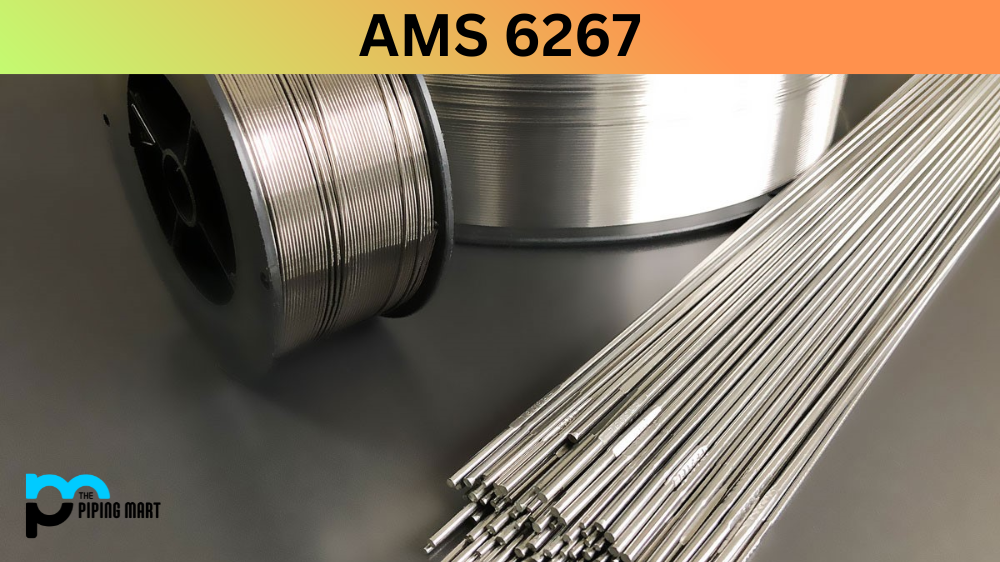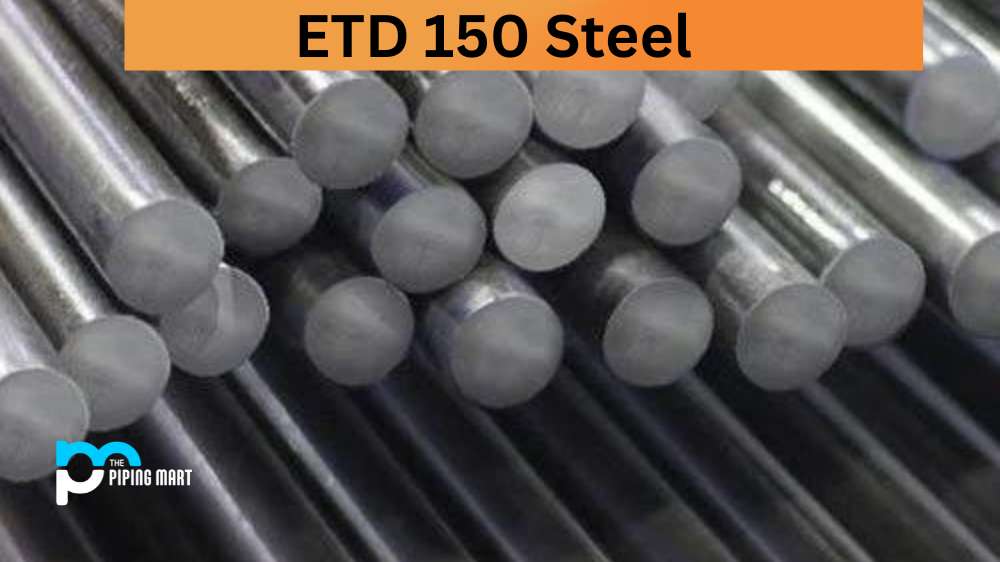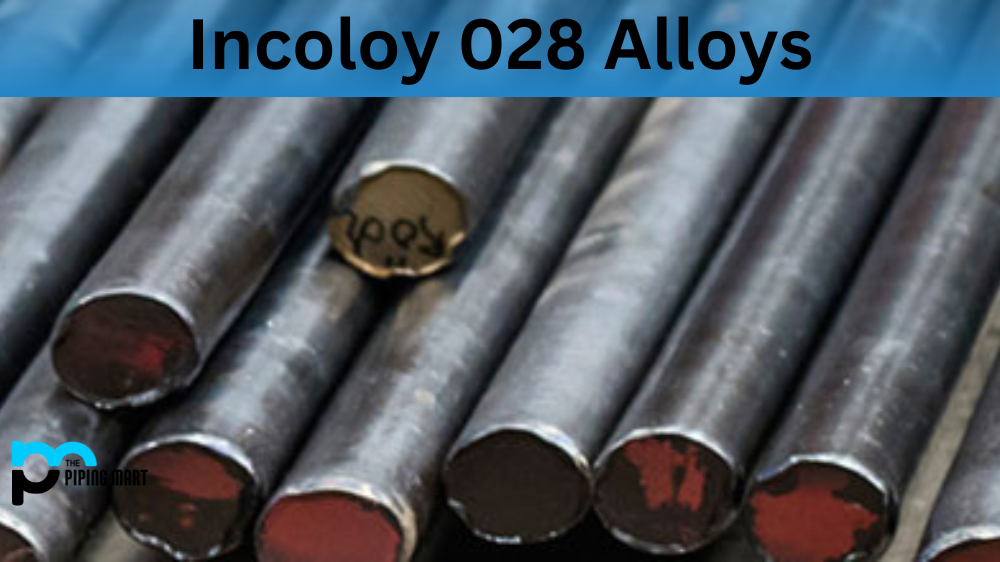SAE – AMS 6267 steel is a low alloy commonly used in aircraft applications due to its strength and toughness. This steel, also called 4340M steel, is an improved version of 4340 steel. AMS 6267 is widely used in manufacturing aircraft landing gear, engine parts, and transmission systems, among other things. This blog post will deeply investigate AMS 6267 and explore its composition, physical and mechanical properties, heat treatment, and uses.
What is AMS 6267?
AMS 6267 (also known as SAE-AISI 9310 Alloy Steel) metal is a high-strength alloy steel type widely used in the aerospace and defence industries. This metal is known for its exceptional strength, toughness, and durability, which make it ideal for applications that require high performance under extreme conditions. AMS6267 metal is often used in critical components such as landing gear, shafts, and structural supports, where reliability and safety are paramount. What sets this metal apart from other high-strength alloys is its excellent weldability, allowing easy fabrication and repair without compromising its strength and properties. Overall, AMS6267 metal is a top choice for engineers and manufacturers who demand the best performance and quality.
AMS 6267 Composition
AMS 6267 sheet is a low alloy steel comprising carbon, manganese, phosphorus, sulfur, silicon, chromium, molybdenum, nickel, and vanadium. The total alloy content of this steel is around 1.75-2.00%. The presence of nickel and chromium improves the resistance of this steel to corrosion and wear.
| Symbol | Element | Min % | Max % |
| C | Carbon | 0.07% | 0.13% |
| Mn | Manganese | 0.40% | 0.70% |
| Si | Silicon | 0.15% | 0.35% |
| P | Phosphorus | 0.015% | |
| S | Sulfur | 0.015% | |
| Cr | Chromium | 1.00% | 1.40% |
| Ni | Nickel | 3.00% | 3.50% |
| Mo | Molybdenum | 0.08% | 0.15% |
| B | Boron | 0.001% (10 ppm) | |
| Cu | Copper | 0.035% |
AMS 6267 Physical Properties
The density of AMS 6267 steel is around 7.85 g/cm3. The steel has a melting point of 1399-1454°C and a specific heat capacity of 480 J/kg°C. It has a thermal conductivity of approximately 42.7 W/m°C and electrical conductivity of 29.1-35.2% IACS.
AMS 6267 Mechanical Properties
AMS 6267 steel bars has excellent strength and toughness properties. The tensile strength of this steel ranges from 100ksi to 260ksi, and the yield strength ranges from 70ksi to 230ksi. The elongation at break ranges from 10% to 25%, making the steel suitable for high-stress applications. Also, the steel has good fatigue resistance and impact resistance.
| Mechanical Properties | |||
| Density | Ultimate Tensile Strength | Yield Tensile Strength | |
| Imperial | 0.284 lb/in3 | 132,000 psi | 82,800 psi |
| Metric | 7.86 g/cc | 907 MPa | 571 MPa |
AMS 6267 Equivalent
- AMS 6260G
- AMS 6265C
- AMS 6267A
AMS 6267 Specifications
- E9310
- AMS 6260
- AMS 6265 (Vac Melt)
- AMS 6267 (Vac Melt)
- AMS 2300
- AMS 2301
- AMS 2304
- MIL-S-7393 Comp 3
- MIL-S-93030 Comp 3
- ASTM A322
- UNS G93106
- HT-5042
- EMS-56280
- BPS-299-947-032AF
AMS 6267 Uses
AMS 6267 steel sheet has wide aerospace applications. The steel is used to manufacture aircraft landing gears, engine parts like gears, bearings, shafts, and transmission systems. Moreover, it is also used in the automotive and oil and gas industries to manufacture high-stress components.
AMS 6267 Hardness
AMS 6267 steel has a hardness of around 185 to 235 HB. This makes it more pliable and easier to machine compared to high-hardness steels. However, the hardness can vary depending on the heat treatment used and the thickness of the steel.
AMS 6267 Heat Treatment
AMS 6267 steel can be heat treated to enhance its properties. The process involves quenching, tempering, or annealing the steel at various temperatures. The specific heat treatment method to be used depends on the intended application of the steel.
Conclusion
AMS 6267 material is a widely used low alloy steel in the aerospace, oil and gas, and automotive industries. The steel’s composition and physical and mechanical properties make it an excellent material for high-stress applications. Its excellent strength, toughness, and resistance to wear and corrosion make it suitable for manufacturing critical aircraft components, engine parts, and landing gears. Also, the steel’s ability to be heat treated enhances its overall performance, making it one of the most versatile and valuable steels in the industry.

Pipingmart is a B2B portal that specializes in metal, industrial and piping items. Additionally, we share the latest information and information about materials, products and various types of grades to assist businesses that are involved in this business.




